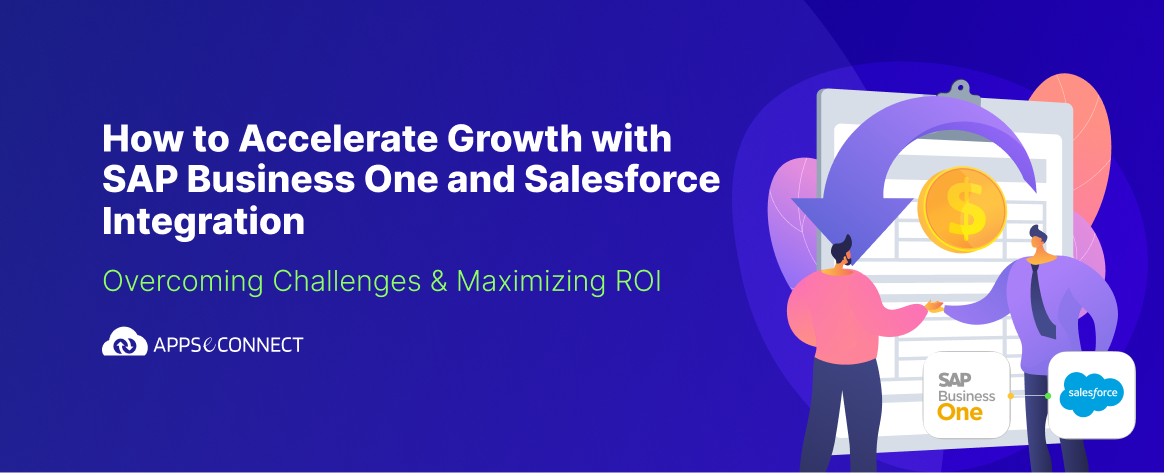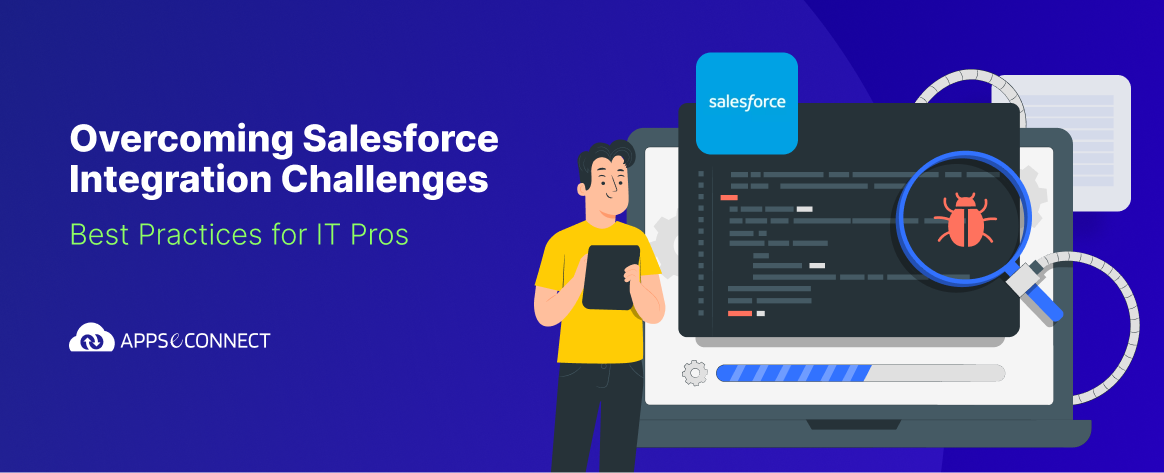When you take a look at the current status of cloud computing, just one word might help you describe what you see: chaos. With multiple apps being connected to each other over the cloud, and with multiple vendors and clients sharing and integrating data, it is only natural to feel that it is all nothing but chaos. Chaotic it may seem, but there is a rhythm to data integration.
Cloud computing has enabled data integration to a level that we couldn’t foresee just a few years ago. Now, the question is not “should we integrate applications”, but “what will cloud integration look like in the next few years”. With more organizations opting for cloud integration, many often wonder how to be prepared for a dynamic future.
The chaos you seem to see will reveal certain definite trends, which we have described below.
1. More cloud, a little hybrid
Hybrid solutions often require on-premise implementation and this is something unavoidable. There will always be some application or data, which will not be moved to the cloud even if an organization wished to. Thus, we do not see hybrid integration disappearing anytime soon, and it will remain in vogue for a longer time than you might imagine. However, the portion of data integrated in the cloud will continue to increase dramatically. There will be more applications in the cloud than on-premise, and inter-linking of these applications will continue to build an eco-system of sort, creating a ripple effect for everyone involved. In other words, cloud integration will mostly take place in the cloud, and hybrid model will be limited to very few applications whose on-premise status is unavoidable.
2. Build connections yourself
Currently, many companies purchase hand-me-down integrations, which may or may not work for them very well. End users often depend on vendors to tell them which applications must be connected, and how. In the future, data integration will see a more participatory role for the client. In fact, managers and non-IT professionals should be able to build integrations themselves using certain protocols as advised by cloud integration solutions providers. As managers and non-IT professionals make up a larger percentage of decision makers in organizations, giving them the freedom to build connections will help in business scalability, thanks to all the insights and data that are quickly available to them. In the future, you might be able to imagine how various applications you use will interact and sync with each other, and use available cloud technology to build those connections yourself, even if you don’t know much about IT.
3. Need for agile integration strategy
An agile approach, in which all integration does not take place at once, will become increasingly popular. A number of companies seem to think data integration requires an all-or-none approach, and that is very wrong. It is always good to adopt an agile approach in which cloud integration happens in an incremental manner. Breaking down certain functions of applications and syncing and integrating only those that are of immediate importance, and slowly build over this integration approach will be the method that will be popular in the future. In other words, we will see more agile integration strategies than integrating everything at once.
4. Cloud integration to be fueled by a complex and growing data ecosystem
There are more enterprise applications than ever today, and integrating some or all of these has given rise to an entire ecosystem. This ecosystem is expected to grow in size and importance. Though most clients are purchasing integration solutions from boutique vendors and niche service providers, in the future there will likely be a tendency to avoid storing all data on a single server, as this might pose security risks. It is quite possible that various niche solutions providers will engage in consensual sharing of certain types of data, so that the ecosystem gets stronger, instead of data being trapped in small servers. One of the beautiful aspects of cloud computing is its ability to bring various data points on a single platform.
5. Predictive analysis to become more important
Data and cloud integration have highlighted the importance of another enraging technology: predictive analysis. With so much of data being connected and brought together, it only makes sense to analyze it and predict future outcomes. Predictive analysis brings statistical approaches to help companies arrive at deeper insights, understand markets, and use existing data to plan for future strategies. In fact, predictive analysis is expected to take enterprise software market by storm in the next couple of years. Cloud integration will complement any predictive analysis effort in the future.
6. Emerging technologies such as AI
You must have already invested in artificial intelligence, machine learning, or in Internet of Things. While these are all different and unrelated, they overlap to some extent, and can be categorized under emerging technologies. While artificial intelligence is changing the way we interact with computers, machine learning is helping manufacturers and others to propel their business success stories. Similarly, Internet of Things is expected to revolutionize most devices that we currently use, and connect them to Internet. All these developments will generate humongous amounts of data. This data will be used, shared and processed by various applications, making integration all the more important. Cloud integration will take these newer and emerging technologies into account, and will be heavily influenced by them.
7. Focus will be on integrated workflows
Workflow management has been an integral part of business process management and so far, workflow automation has been ad hoc or custom-built, based on the needs of clients. However, legacy master data management (MDM) tools are soon going out of fashion, and are being increasingly replaced by iPaaS and integrated workflows. Both data-driven and process-driven applications will find themselves being integrated, while workflows are integrated too, in order to bring a kind of cohesion that previously didn’t exist.
How to be prepared for a brave new world
Cloud integration may seem like the current tech buzzword, but there is more to it than the chaos you might see on the surface. With organizations finding it difficult to move data to and from applications, cloud integration has given them a shot in the arm, helping them to cut costs, sync between applications easily, reduce human effort, and gain access to various kinds of analytics.
The future of cloud integration will involve focusing on emerging technologies such as artificial intelligence, machine learning, IoT, and integrating workflows. Companies will begin to implement data integration using an agile model, and the current data ecosystem will further fuel cloud integration in the future. The future will also see clients and organizations being able to build connections themselves, and focus more on cloud than hybrid, with predictive analysis taking centre stage.
It is an exciting time to be, and if you find it confusing and chaotic, our specialized consultancy services will help you see the bigger picture. Contact us today, if you have questions regarding cloud integration.
Now, you can easily integrate your line of business applications under one single platform and automate your business process!

You may also like:
Magento Commerce Digital Cloud – All You Need To Know!
iPaaS – Integration Platform as a Service for Beginners
ERP Ecommerce Hybrid Connector : Offering best of both cloud and on-premise integration



















